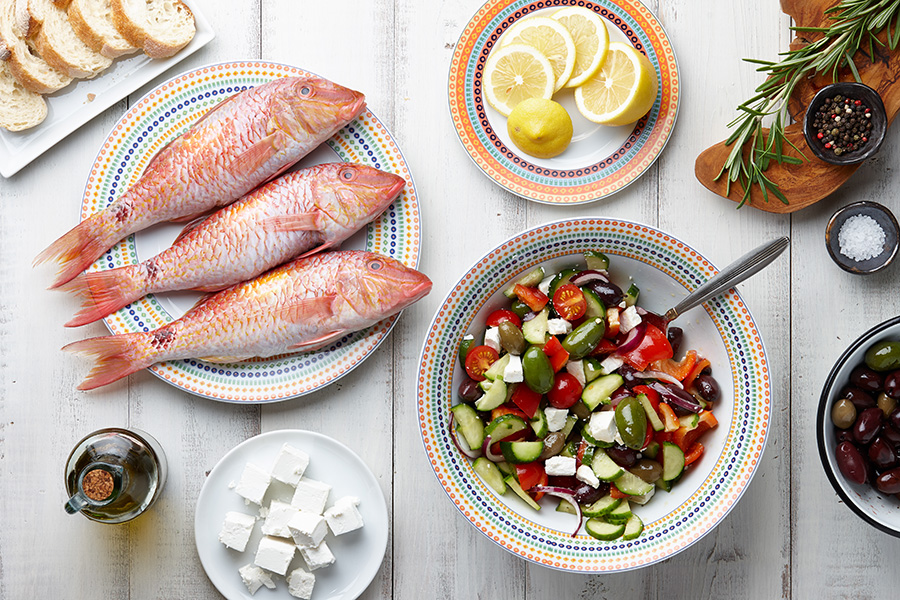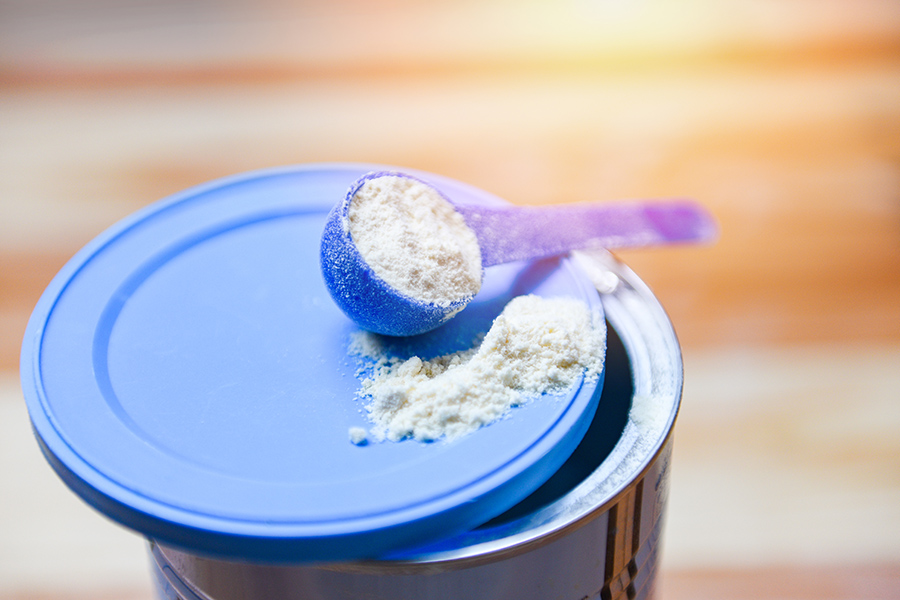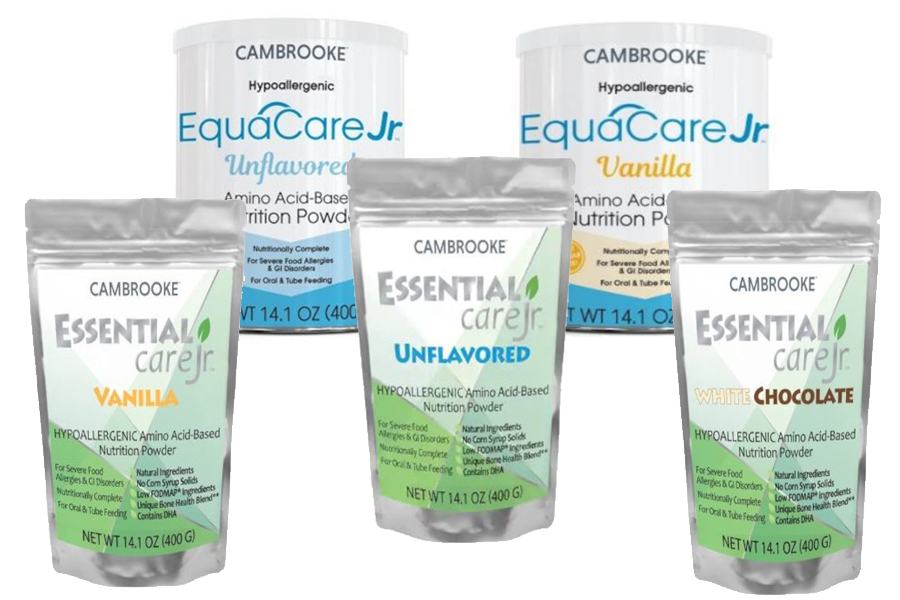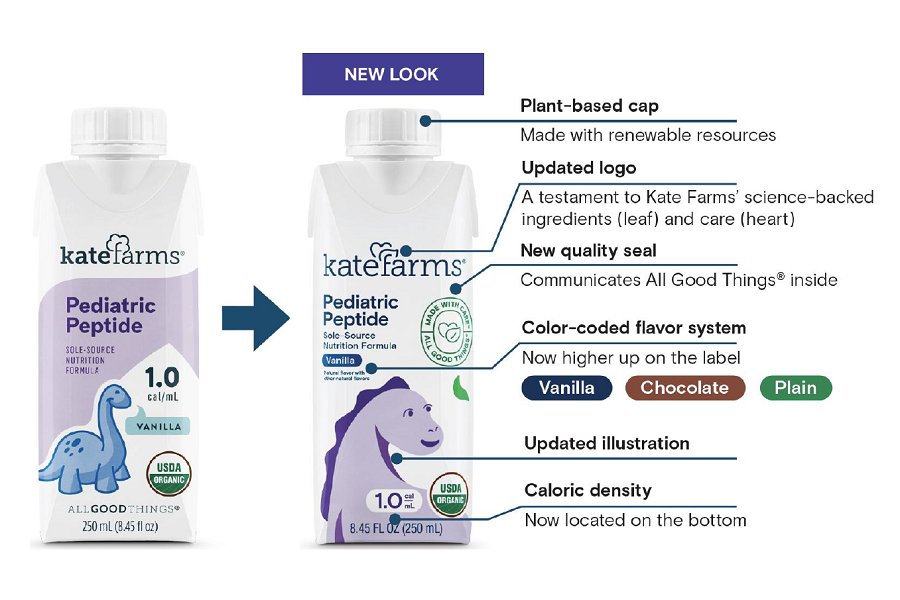GERD Awareness Week is in November of every year.
If you experience acid reflux more than twice a week for several weeks, you may have Gastroesophageal Reflux Disease (GERD). Symptoms may include chest pain, heartburn, sore throat, difficulty swallowing or dry cough. GERD affects 20 percent of the U.S. population, especially people who smoke or are overweight. Chronic, untreated GERD can lead to serious complications, including esophageal cancer. Changes to lifestyle and nutrition for acid reflux may help reduce your risk of complications.
Lifestyle Tips to Reduce Acid Reflux:
- Maintain a healthy weight
- Stay active – exercise at least 3 times per week
- Eat smaller, more frequent meals
- Enjoy your meals in a relaxed environment
- Sit upright during meals and for 1-3 hours afterward
- Wear clothes that aren’t too tight
- Raise the head of your bed a few inches
- Use wooden blocks under the bed’s legs or wedges under your mattress
- Propping yourself up on pillows isn’t enough!
- Use wooden blocks under the bed’s legs or wedges under your mattress
- If you smoke, quit.
Nutrition for Acid Reflux:
-
Limit or avoid foods that may make GERD worse:
- Chocolate
- Peppermint
- Coffee (regular and decaffeinated)
- Tea (regular and decaffeinated)
- Alcohol
- Whole milk, full fat yogurt and cheese
- Fried foods including French fries, donuts
- High-fat meats – bacon, sausage, salami, hot dogs
- Acidic foods – tomatoes and tomato products (some people are not affected by these)
- Spicy foods
-
Have more of these foods and beverages:
- Herbal tea
- Low fat or nonfat dairy or soy milk
- Lean meats that are baked, broiled or grilled
- Whole grains – brown rice, whole wheat breads and crackers, quinoa
- Fresh fruits and vegetables that don’t make your symptoms worse
- Heart-healthy vegetable oils, such as canola or olive oil
- Limit to less than 8 teaspoons a day
-
Keep a log of what you eat:
- This should help you determine which foods and beverages make your symptoms worse. What affects some people may not affect you.
Suggested Meal Plan:
- Breakfast:
- Oatmeal with soy milk, blueberries, 2 tsp flax seed meal
- Snack: Low fat yogurt with 1/2 cup fruit and nut trail mix
- Lunch:
- Whole wheat bread, lean turkey, low fat cheese, 1 Tbs light mayo, lettuce and tomato
- Fresh fruit salad
- Snack: Apple slices with 2 tsp peanut butter
- Dinner:
- Whole wheat tortillas, lean seasoned ground beef or turkey, cherry tomatoes, radishes, cilantro, 3 Tbs light sour cream, 2 Tbs avocado, fresh pineapple
- Snack: 1/2-cup low fat ice cream with fresh fruit
























